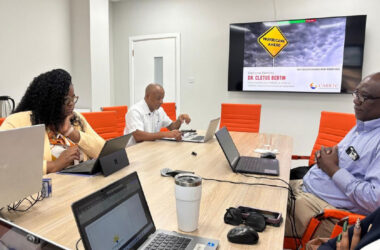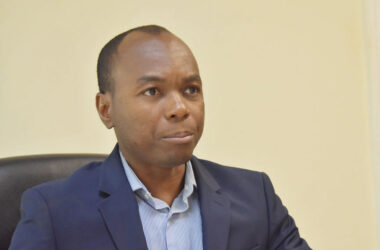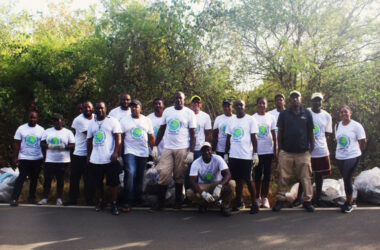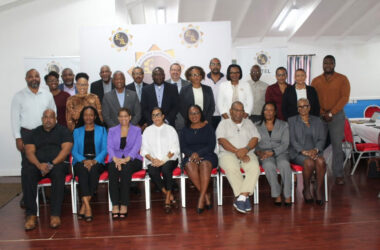TRACEY Moyston, 21-year-old, biomedical engineering student at the University of Rochester, New York has undertaken the task of tackling one of medicine’s biggest problems – sepsis diagnosis. The Vieux-Fort Comprehensive Secondary School and Sir Arthur Lewis Community College graduate currently serves as the Lab and Safety Manager for her school’s iGEM 2021 team. iGEM – International Genetically Engineered Machine – is a global competition where teams use synthetic biology and engineering principles to address significant problems in fields such as human health, agriculture, manufacturing, and the environment, and it involves over 340 teams from around the world.
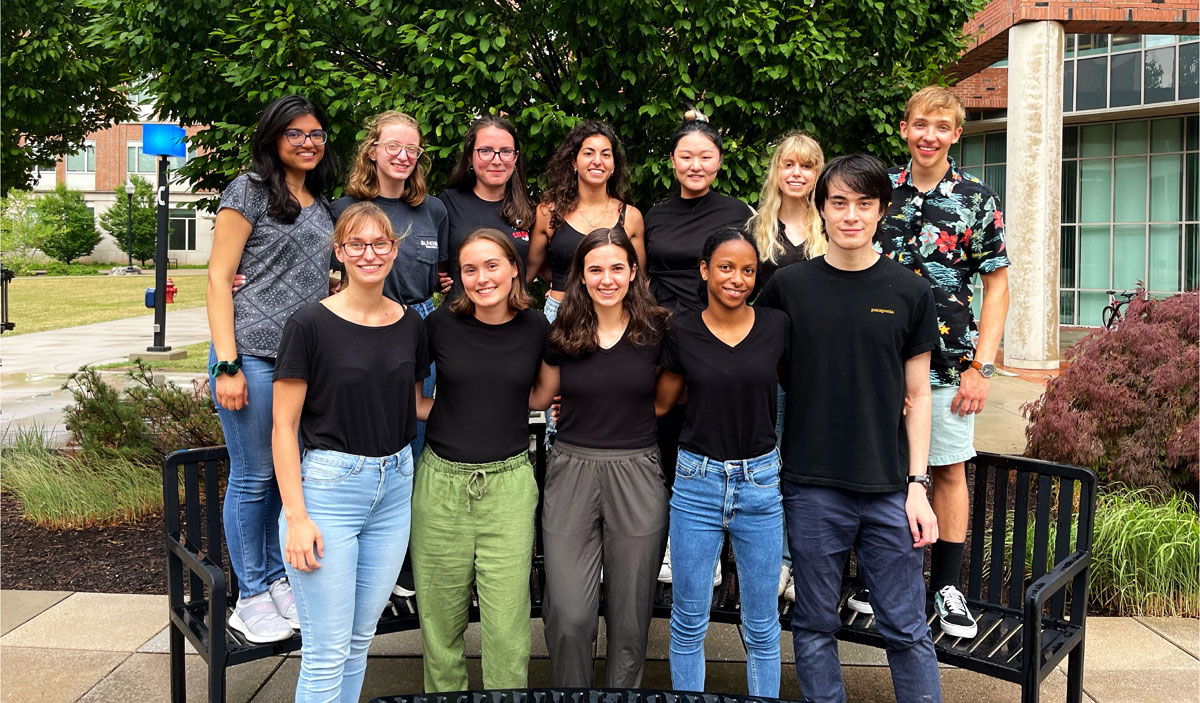
This summer, undergraduate Team Bio-Spire from the University of Rochester is working on a device for the diagnosis of sepsis using biomarkers found in sweat. This project will be presented to a panel of judges in November at the Giant Jamboree hosted by the iGEM Foundation. Last year’s Team UteRus, under the direction of faculty advisory Dr. Anne Meyer of the Department of Biology, was the university’s first iGEM team and won multiple awards including the gold medal, best diagnostic, and the inclusivity award for their endometriosis diagnostic device, despite the difficulties presented by the COVID-19 pandemic.
The project:
Sepsis, one of the leading causes of death in hospitals, is a serious medical condition caused by an overwhelming immune response to infection. It results in nearly 270,000 deaths per year in the U.S, mostly due to organ failure. To help tackle this problem the team will be developing a sleeve-like biosensor that will monitor sepsis biomarker levels in sweat to assist in early detection and diagnosis of this life-threatening condition. To construct this device the team will utilize many synthetic biology techniques. These include synthesizing the receptors to which sepsis biomarkers will bind using plasmids from the bacteria E. coli, using the bacteria S. oneidensis to reduce graphene oxide and, introducing genes into this bacterium to increase the reduction of graphene oxide. The overall device will be an arm-sleeve that includes the synthesized receptors attached to sheets of the reduced graphene oxide. Sweat solutions collected through microfluidic channels would flow over the sheets and the binding of the biomarkers to the attached receptors would result in changes in the electrical properties of the reduced graphene oxide. Mathematical modeling would be used to predict the concentrations of these biomarkers in blood based on these electrical changes, and a corresponding user-interface would display a warning of the patient’s elevated risk of sepsis.
Through the development of this device, the Bio-Spire team hopes to tackle this issue in the local community and beyond. To ensure that this device will have a global impact, the team takes into account accessibility in every step of the design process. They are also raising awareness about sepsis and synthetic biology through various education and outreach programs. Some organizations that the team has been working with include the Upward Bound College Prep Program, the Rochester Museum and Science Center Summer Curiosity Camps, Girl Scouts of Western New York, and the Nazareth Science Summer Camp.
Team Bio-Spire is excited to address such an important, interdisciplinary issue in the medical community.



